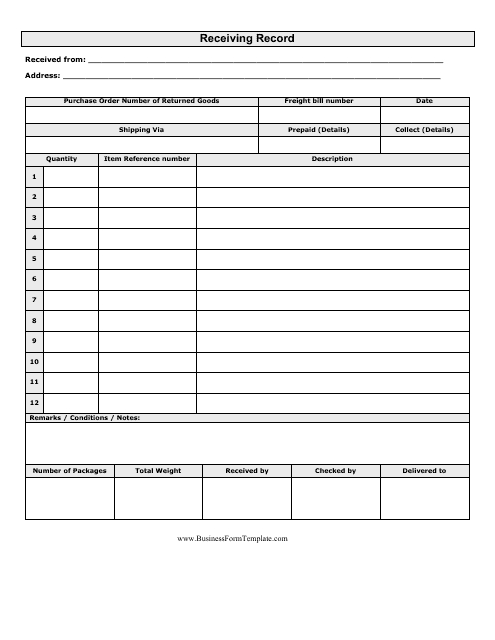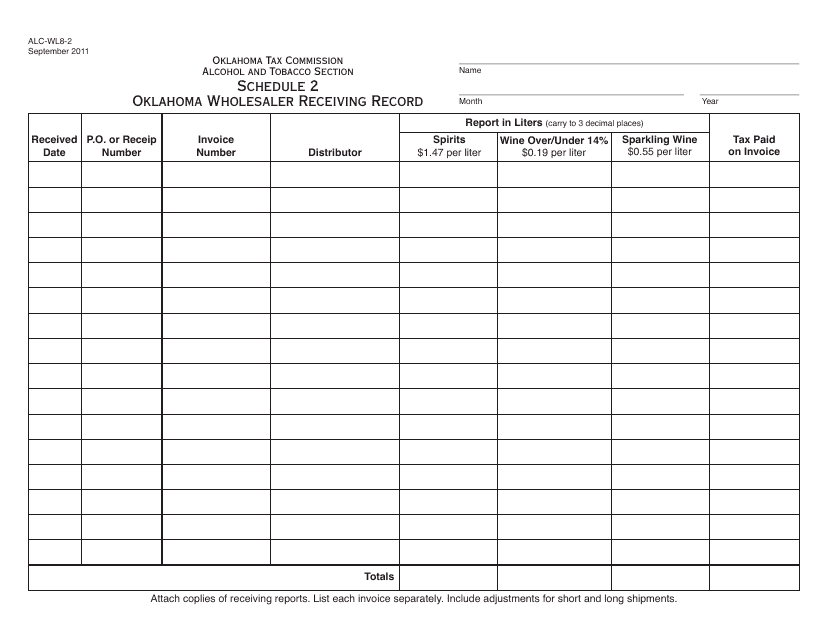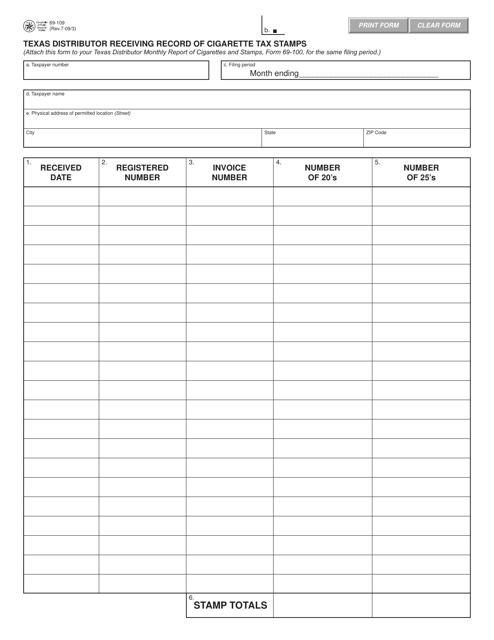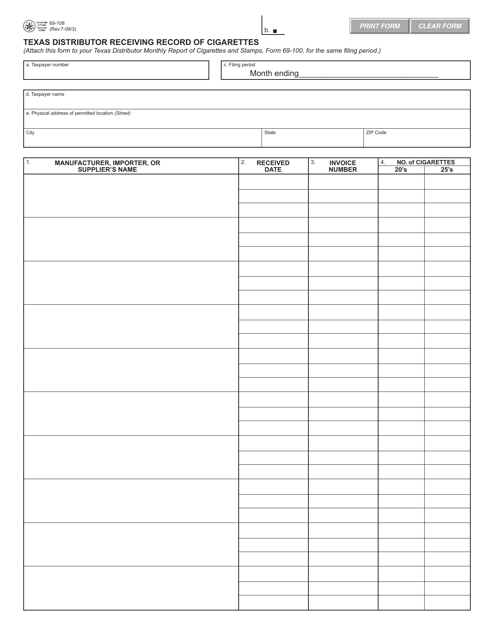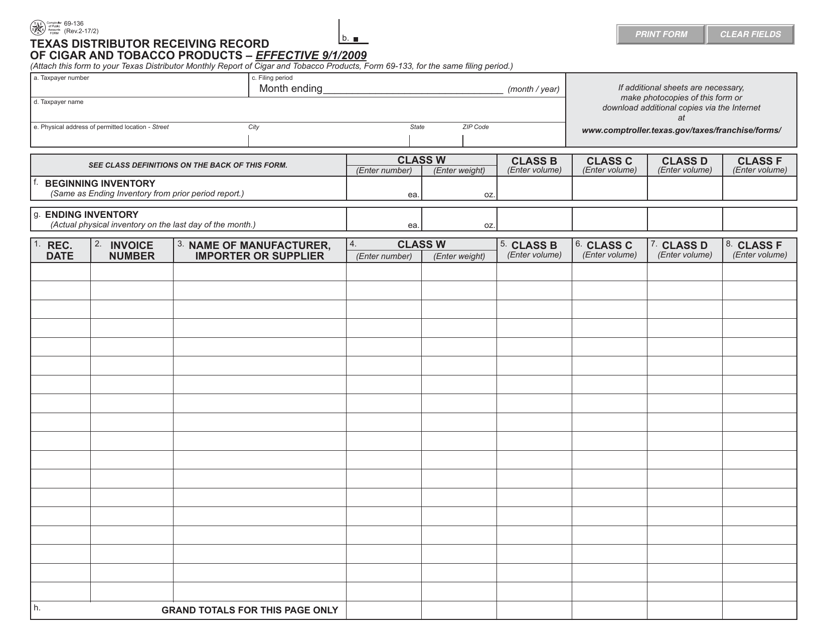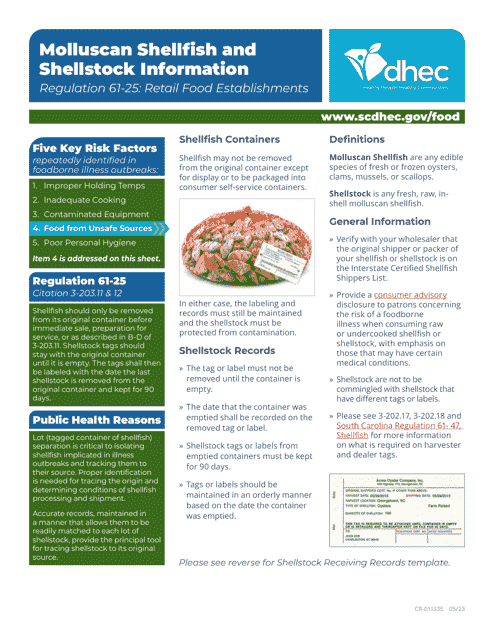Receiving Record Templates
Receiving record is an essential document in various industries and sectors. It helps to track the receipt of goods, materials, or products, ensuring accountability and accuracy in the supply chain. Receiving records, also known as receiving documents, play a crucial role in warehouses, retail stores, distribution centers, and other business environments.
These records serve as a detailed account of the goods received, including information such as the quantity, description, and condition of the items. By maintaining accurate receiving records, businesses can effectively manage their inventory, monitor incoming shipments, and resolve any discrepancies or issues that may arise during the receiving process.
Whether you're a wholesaler in Oklahoma, a distributor in Texas, or engaged in real estate activities, having a standardized receiving record form specific to your industry is vital. For instance, Oklahoma uses the OTC Form ALC-WL8-2 Schedule 2 Oklahoma Wholesaler Receiving Record, while Texas employs Form 69-109 Texas Distributor Receiving Record of Cigarette Tax Stamps and Form 69-108 Texas Distributor Receiving Record of Cigarettes for their tobacco industry.
In the real estate sector, the ENG Form 5010-R Real Property Receiving Record is used to document the receipt of real property. These various forms cater to the specific needs and regulations of different states and industries, ensuring accurate record-keeping.
Maintaining up-to-date and comprehensive receiving records is not only beneficial for internal inventory management but also crucial for legal and compliance purposes. By having a detailed record of received goods, businesses can address any issues with suppliers, track product quality, and comply with regulatory requirements.
To simplify and streamline the receiving process, many organizations choose to implement electronic receiving record systems. These digital platforms automate the recording and tracking of received items, reducing manual errors and enhancing overall efficiency. Digital receiving records offer convenience, accessibility, and real-time visibility into the status of incoming shipments.
In conclusion, receiving records, also referred to as receiving documents, are essential tools for businesses in managing their inventory and ensuring accurate record-keeping. Whether you're a wholesaler, distributor, or involved in real estate activities, maintaining standardized and up-to-date receiving records is crucial for your operations. Implementing electronic receiving record systems can further optimize efficiency and streamline the receiving process.
Documents:
9
This form is used for keeping track of incoming shipments and documenting the details of items received. It helps businesses maintain accurate records and ensures that all goods are accounted for.
This document is used for recording purchase orders and receiving records for chaplains' funds in the US Army.
This document is used for recording the receiving of goods by wholesalers in Oklahoma.
This form is used for recording the receipt of cigarette tax stamps by distributors in Texas.
This form is used for recording the receipt of cigarettes by distributors in Texas.
This document is used for recording the receipt of cigar and tobacco products by distributors in Texas.

